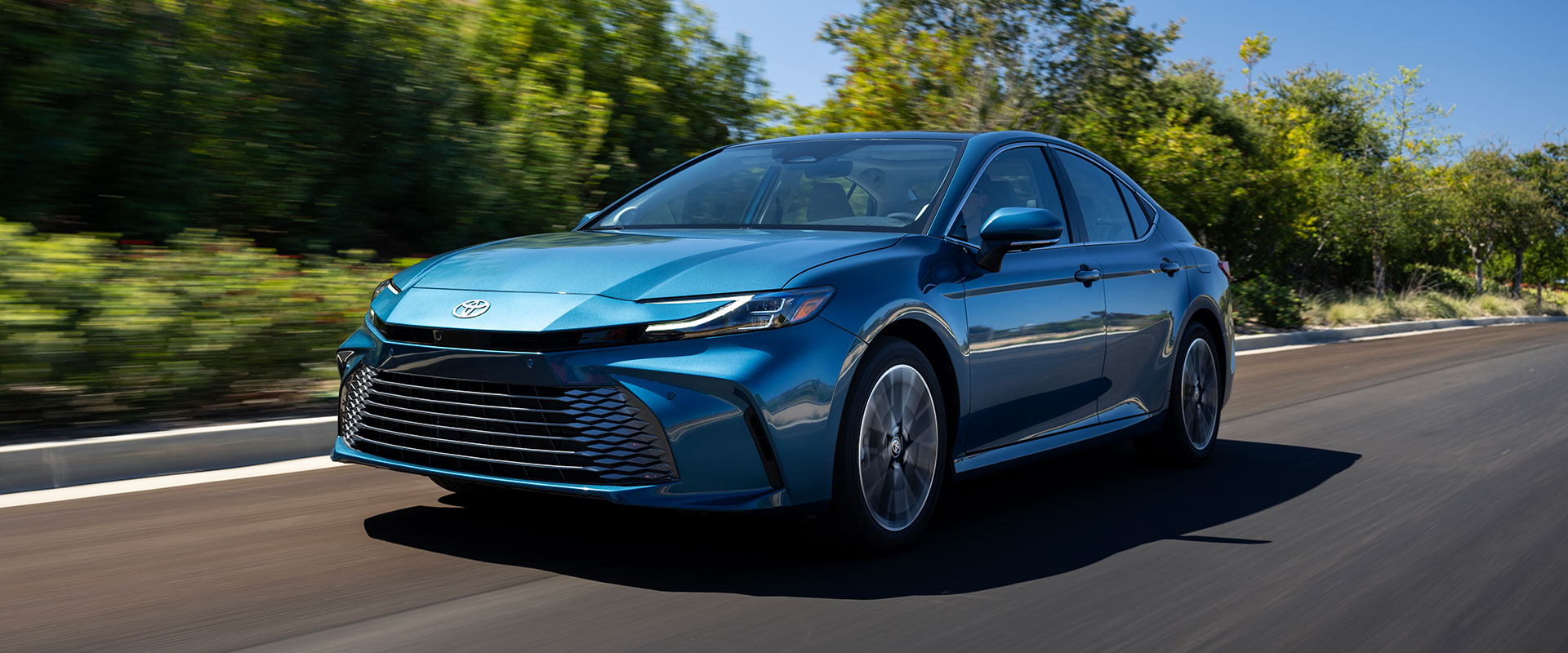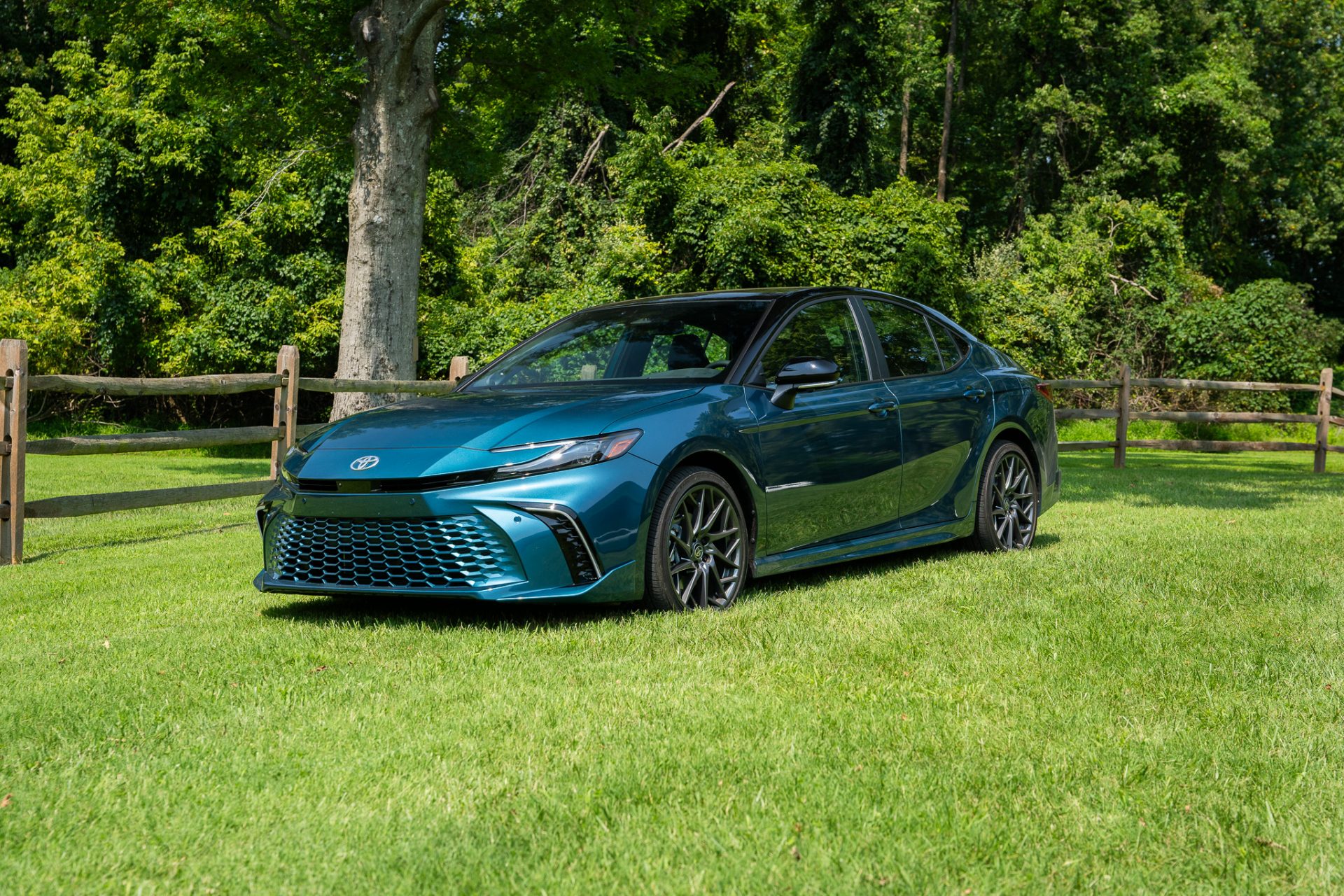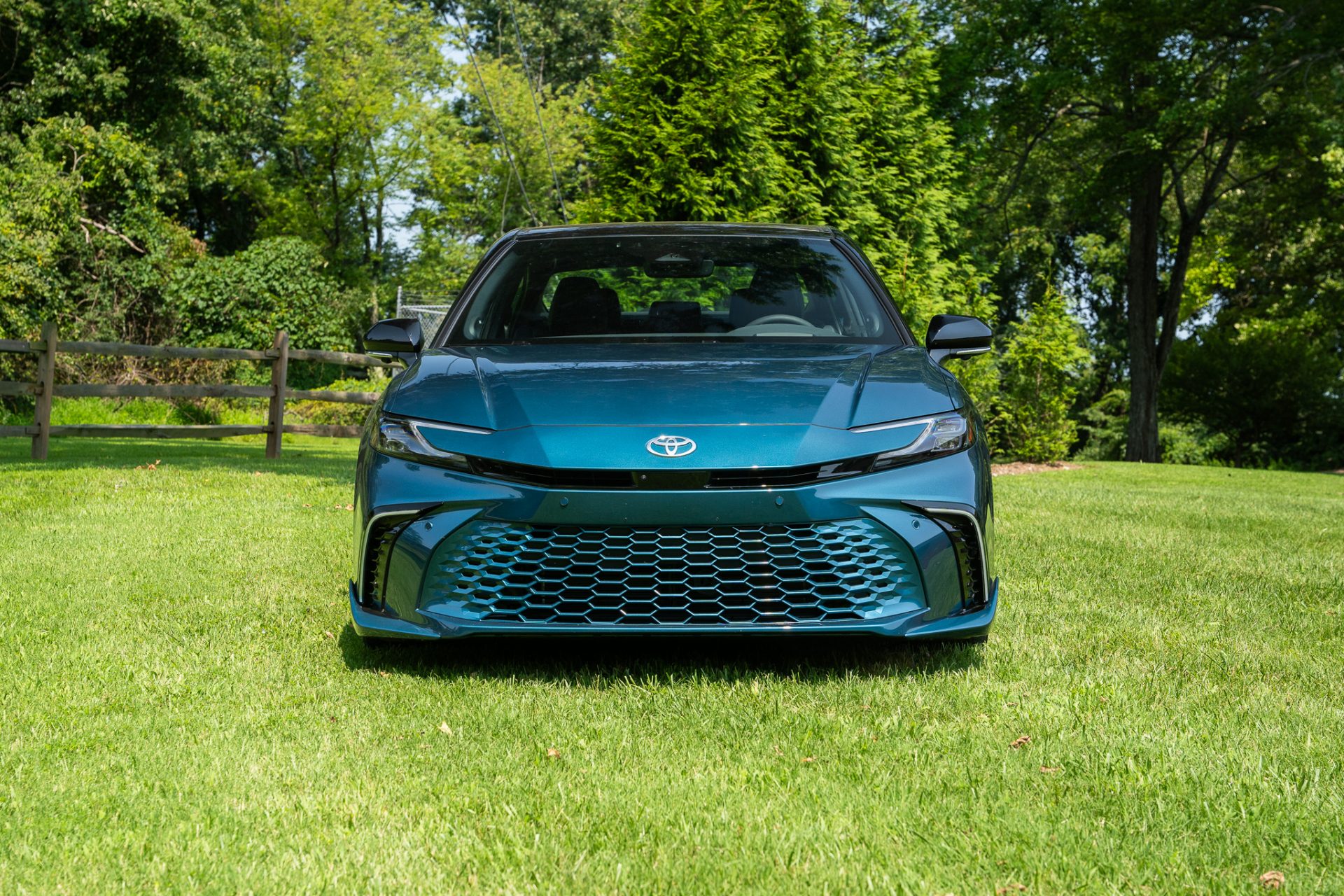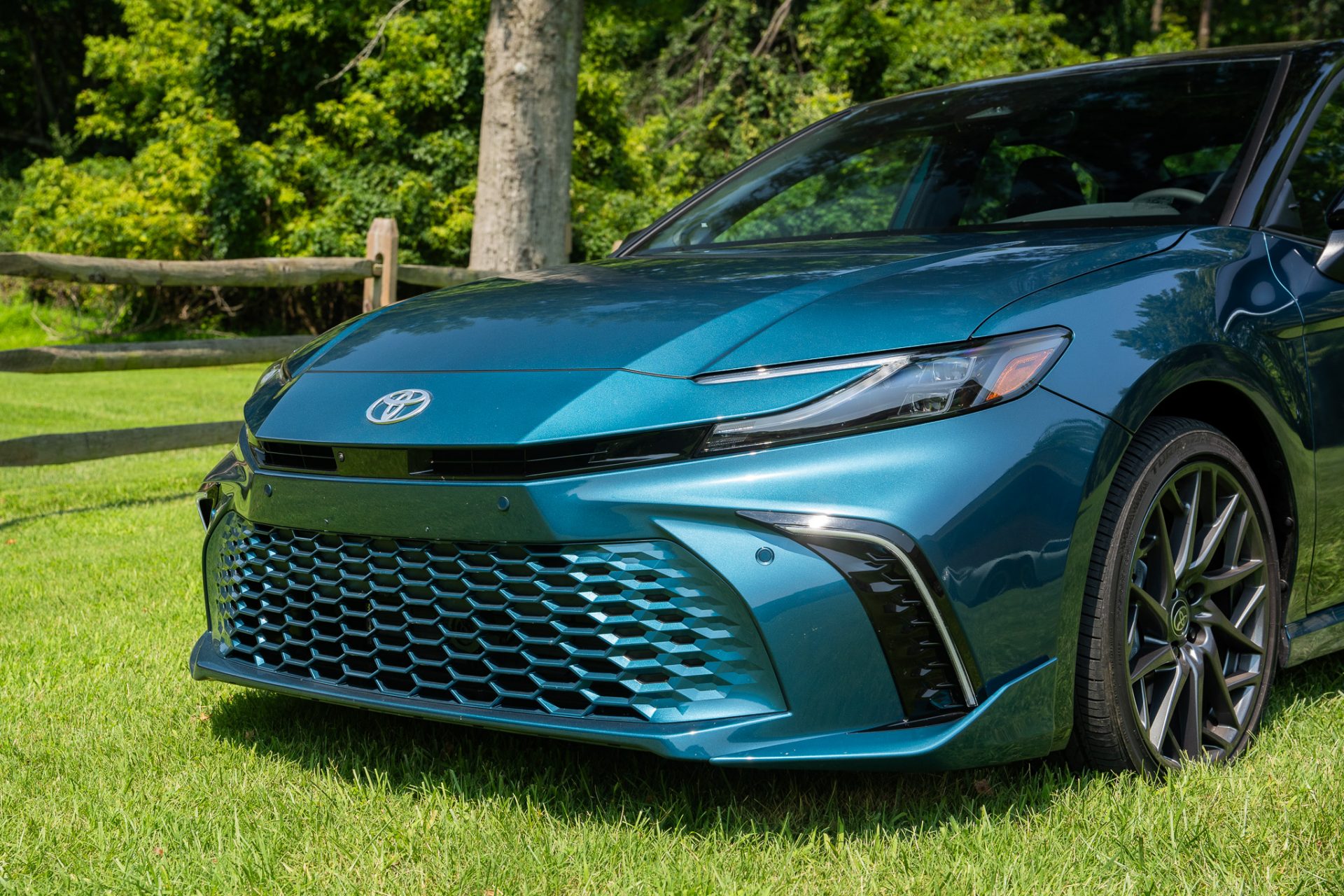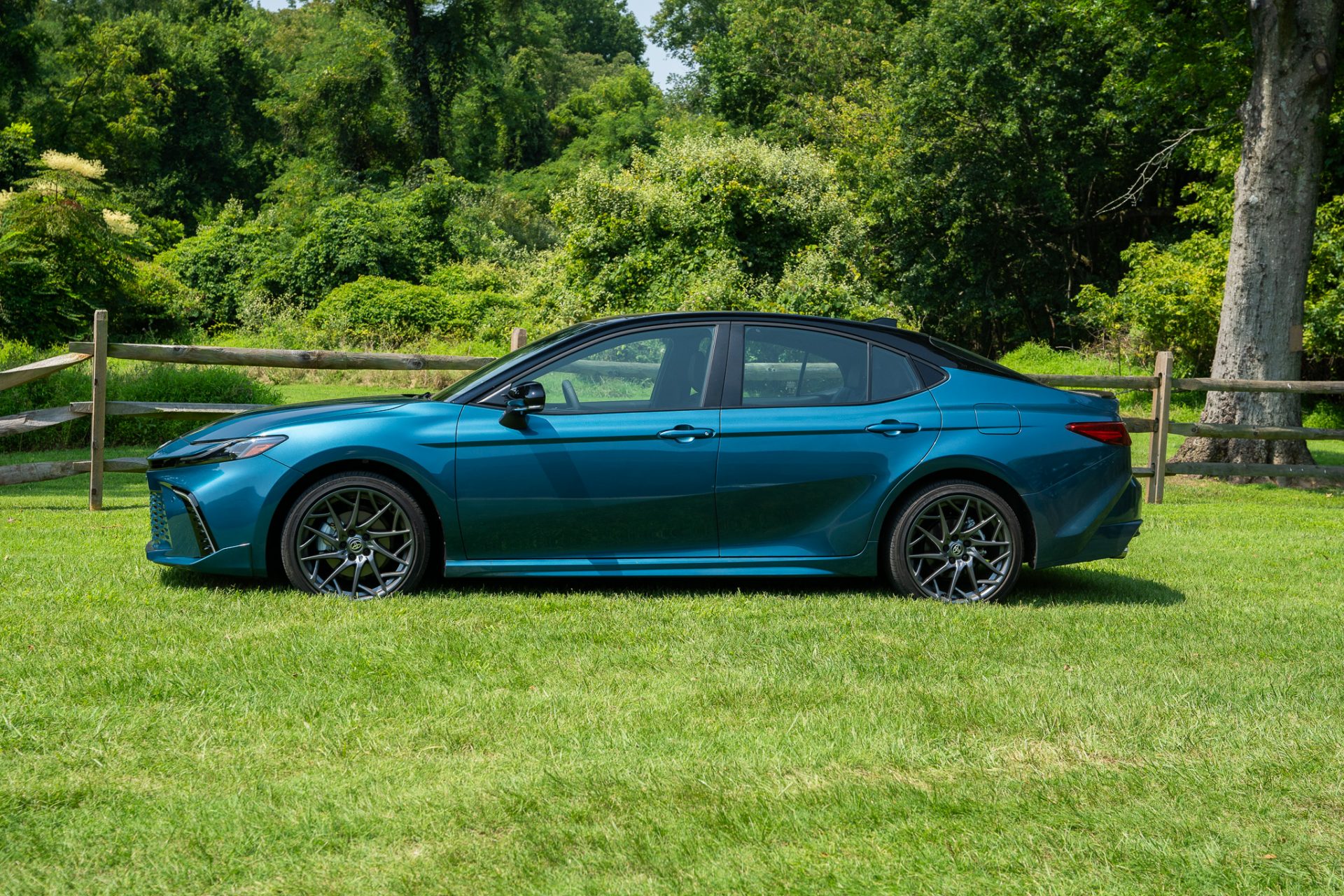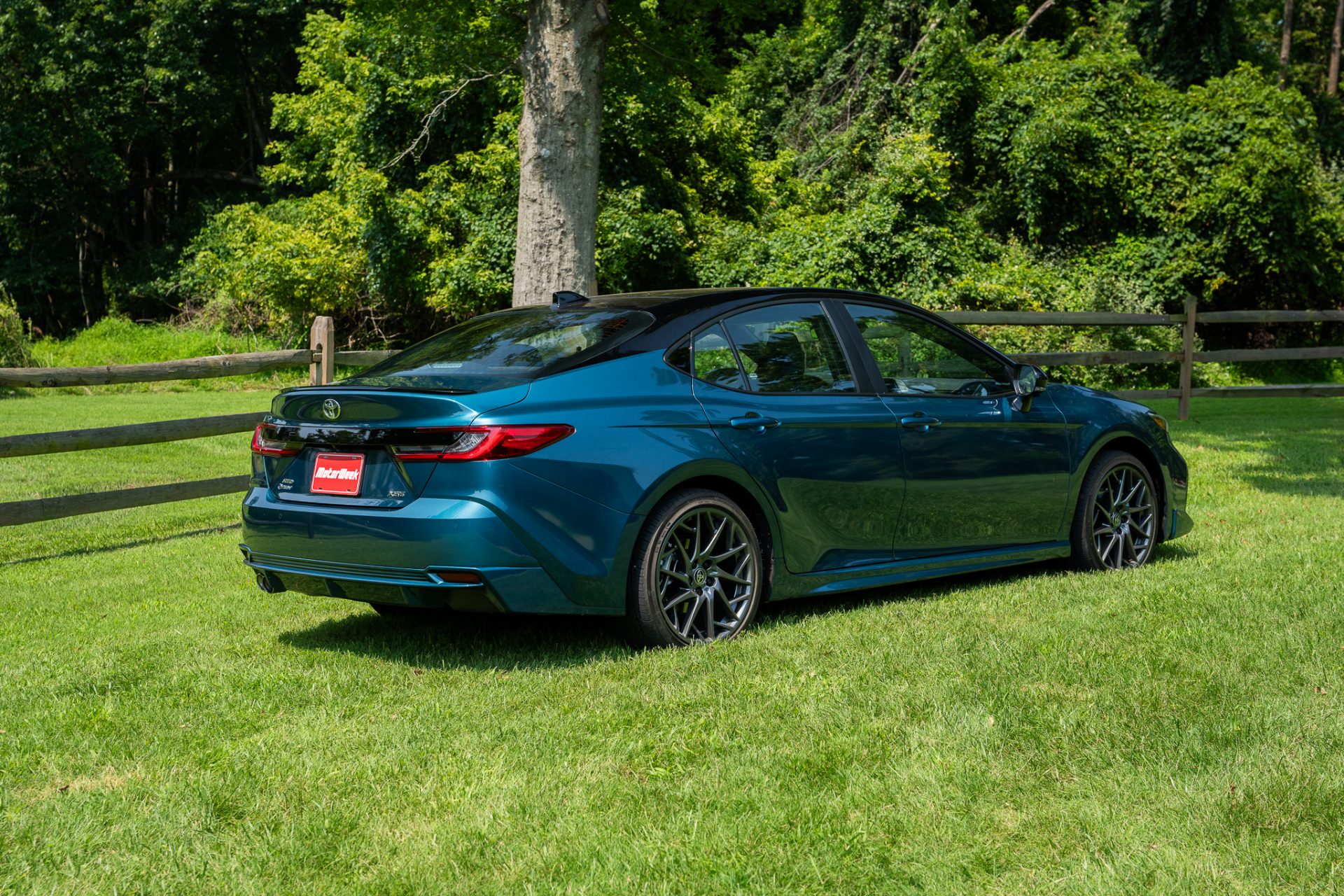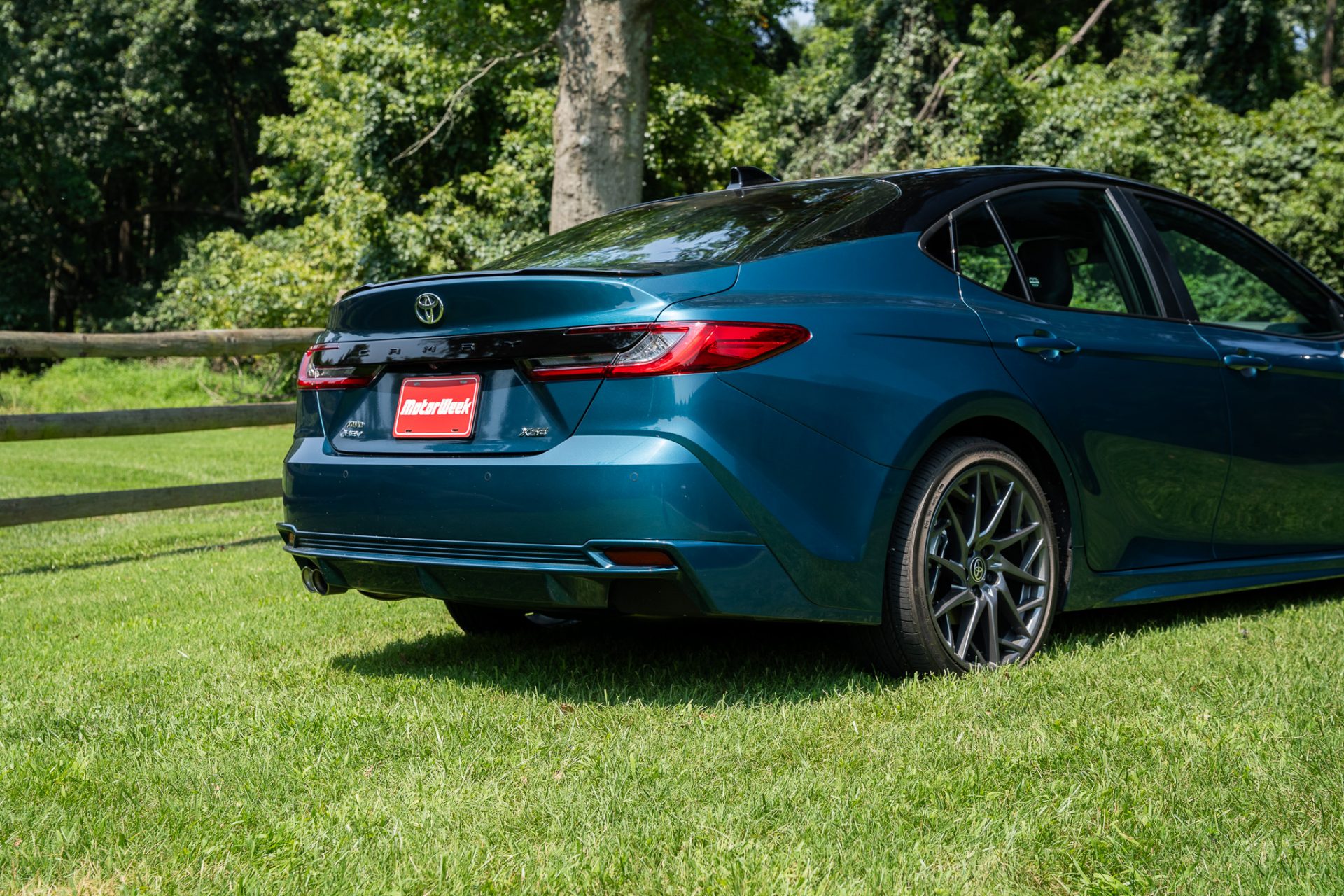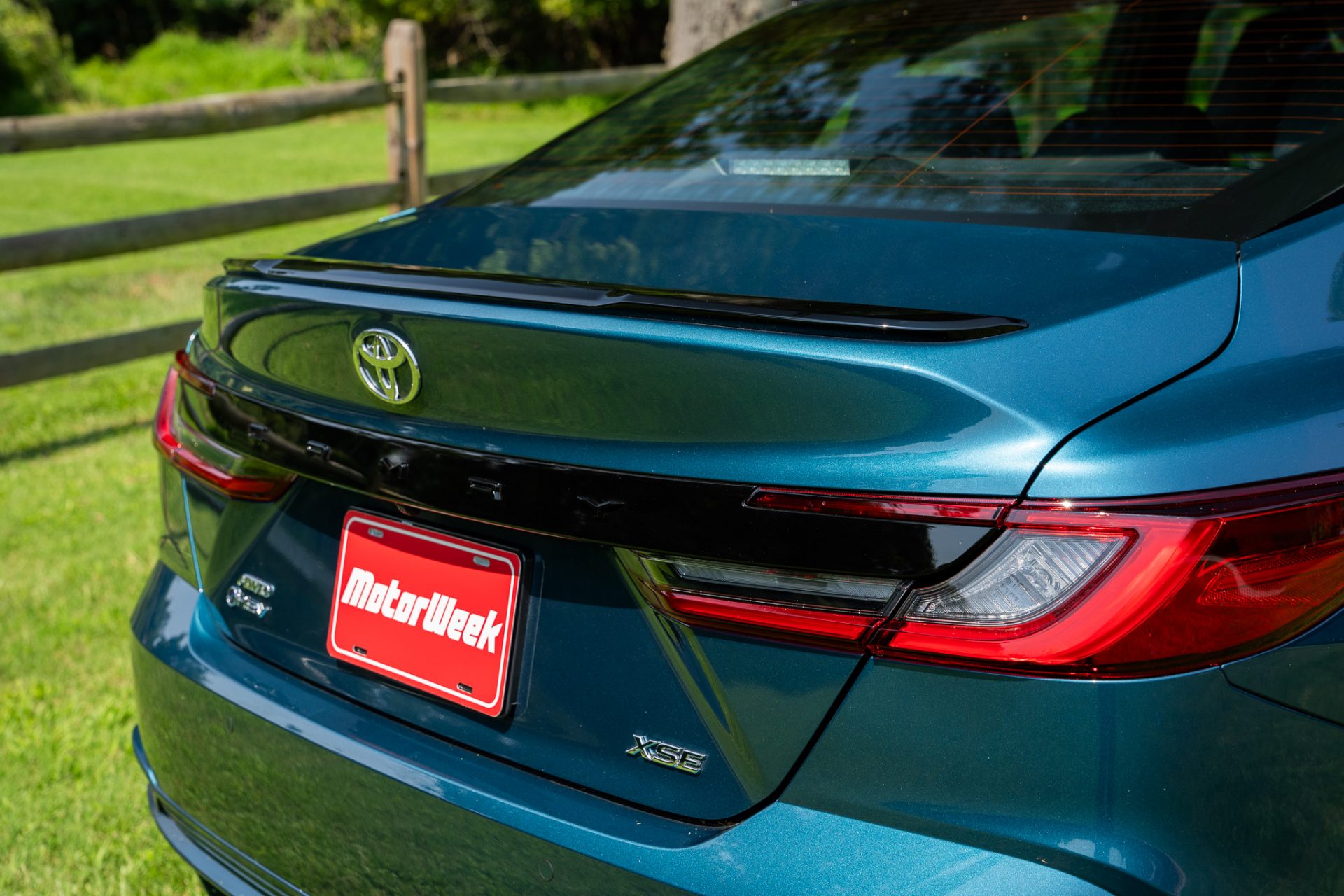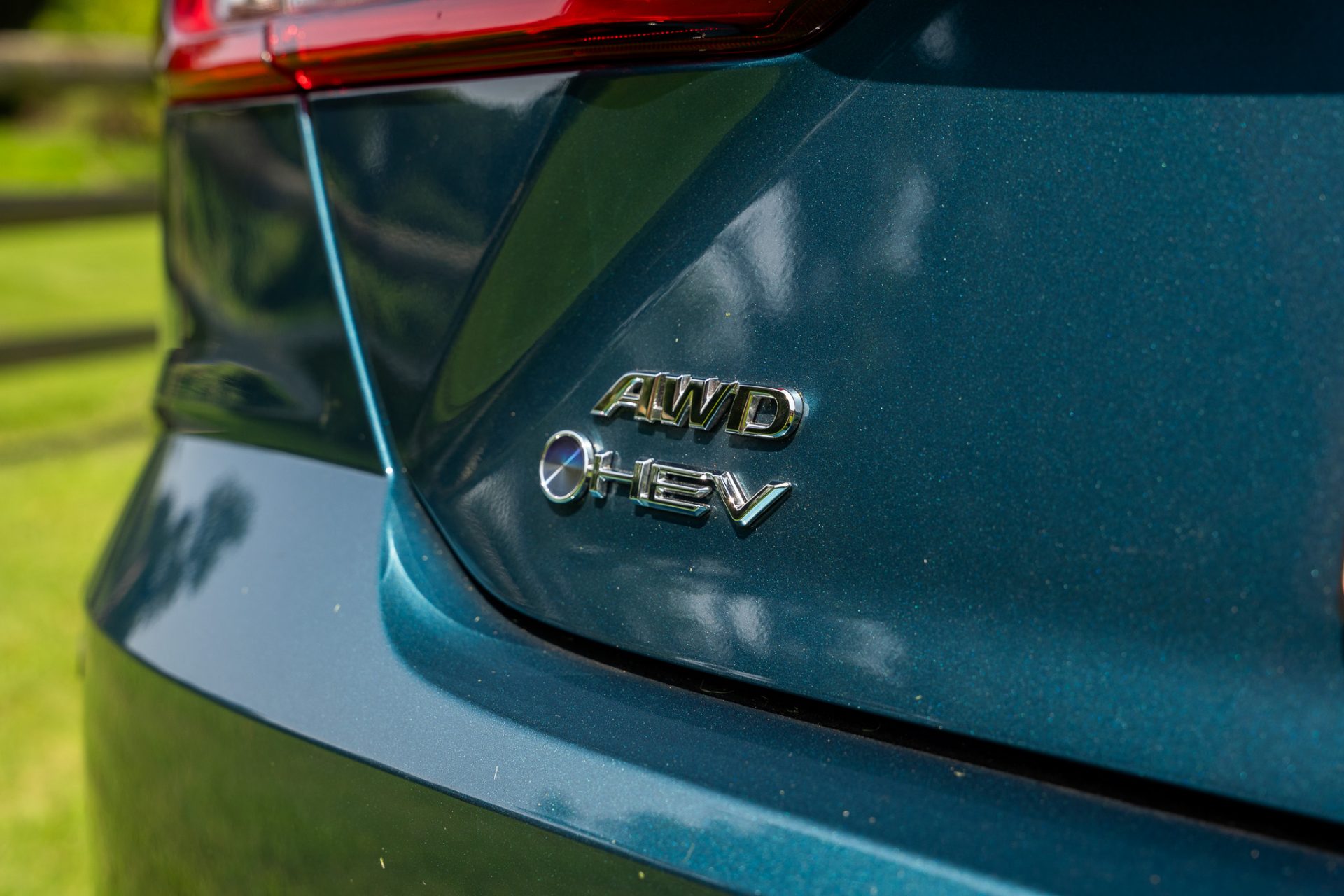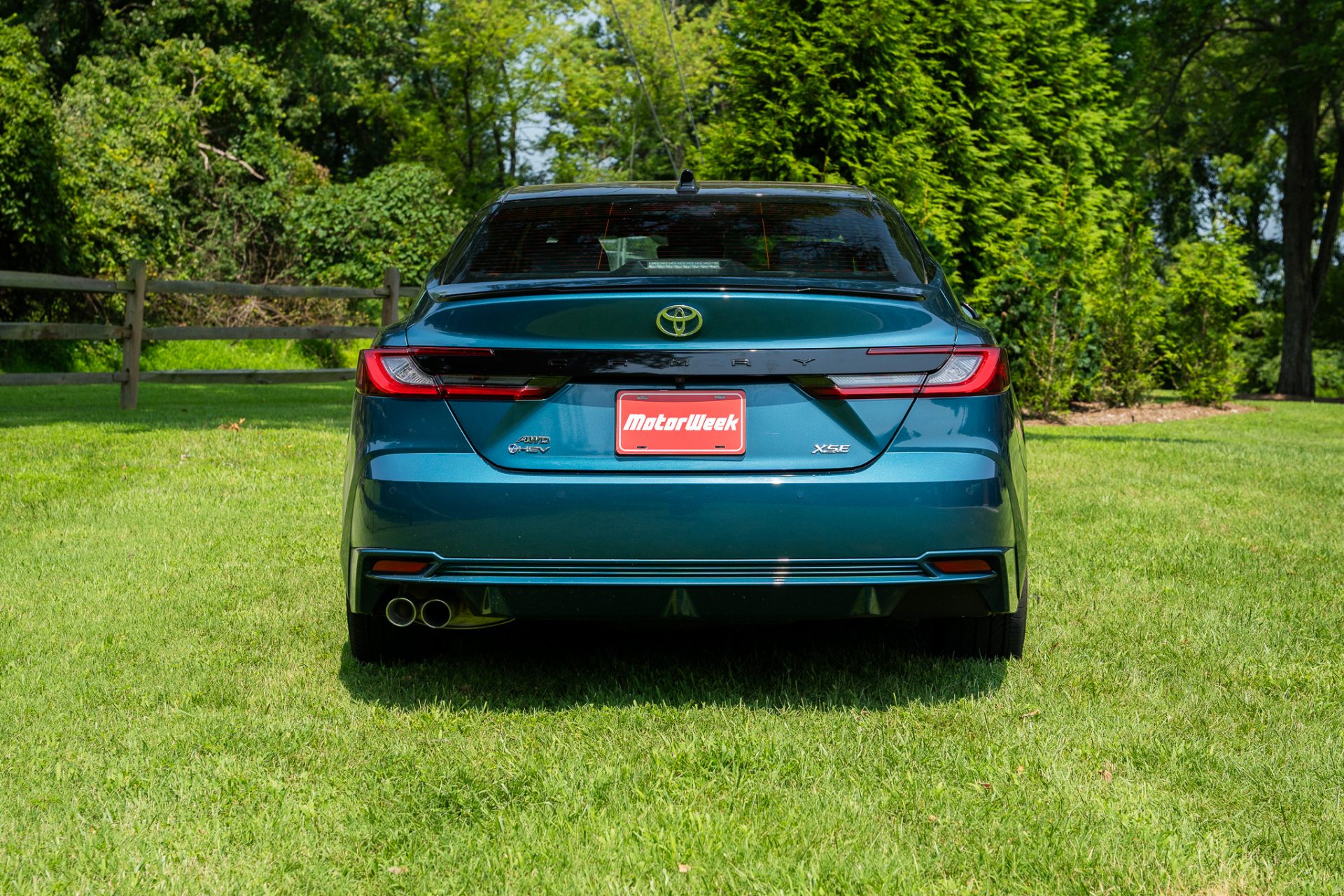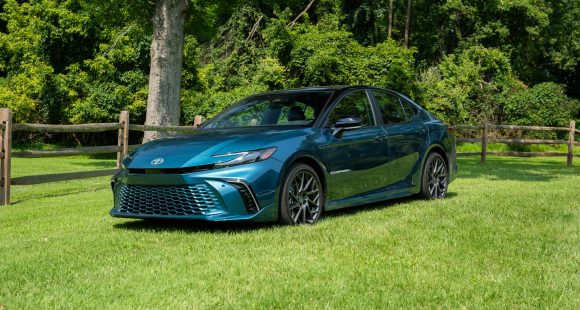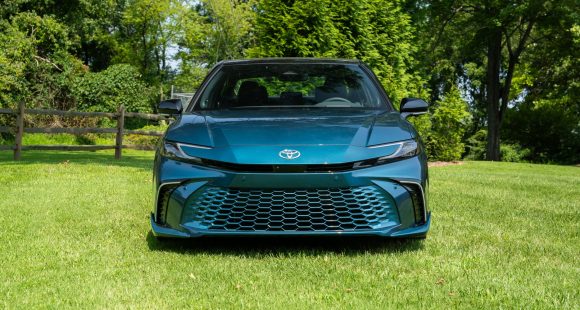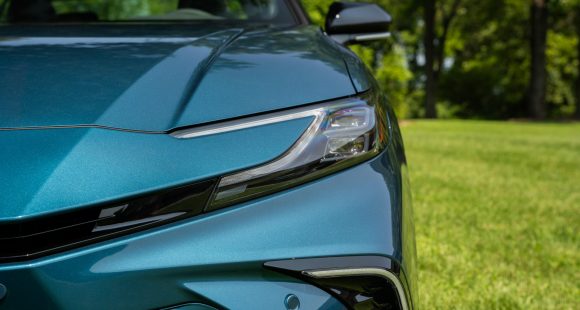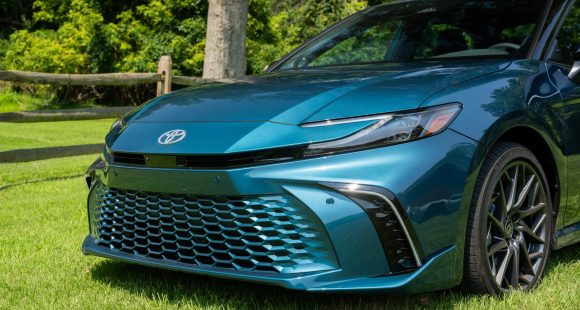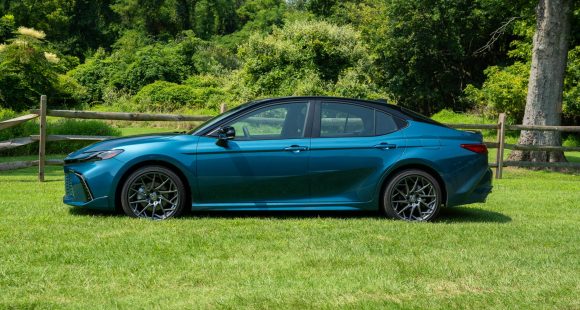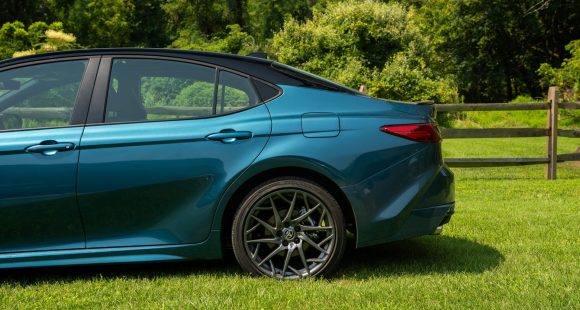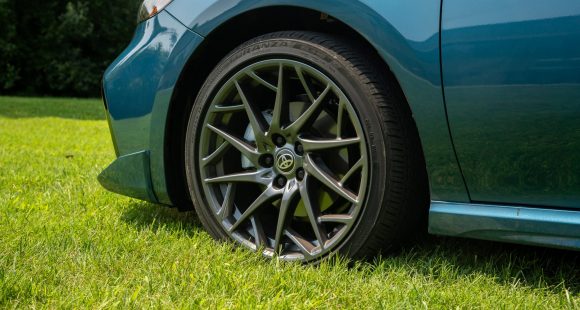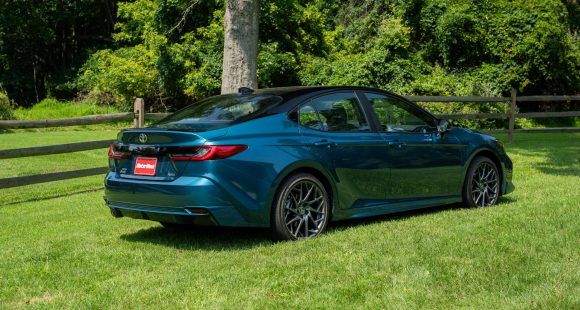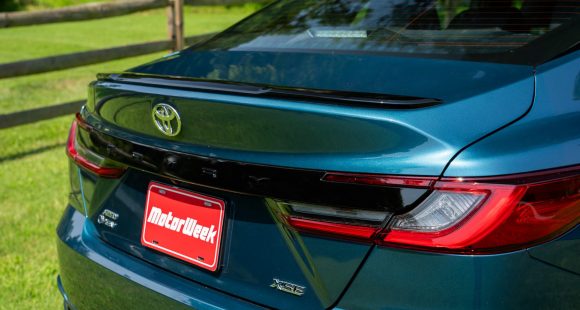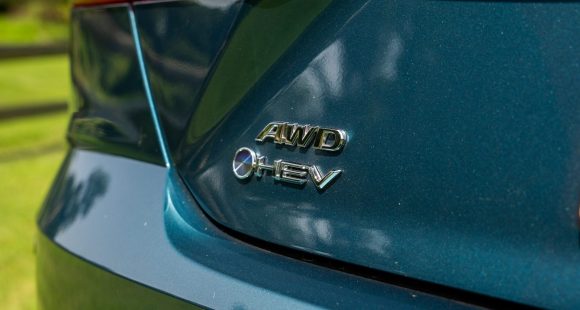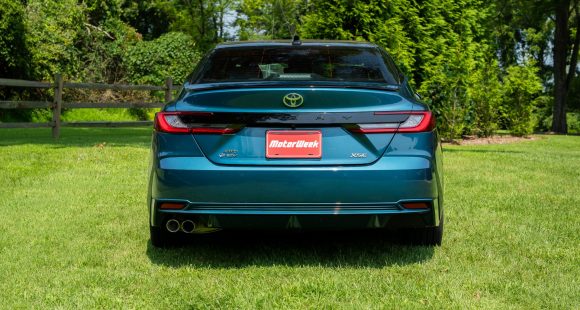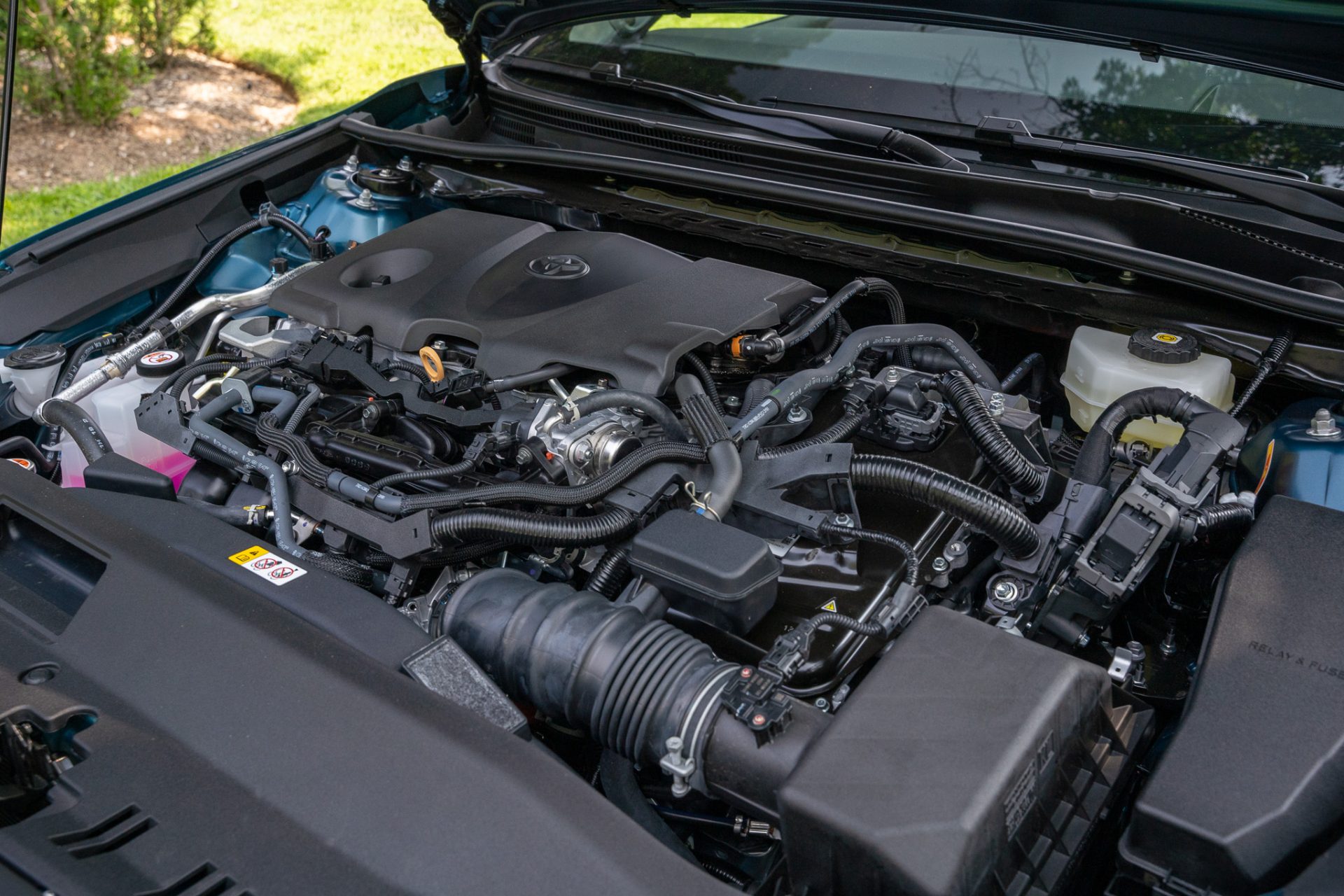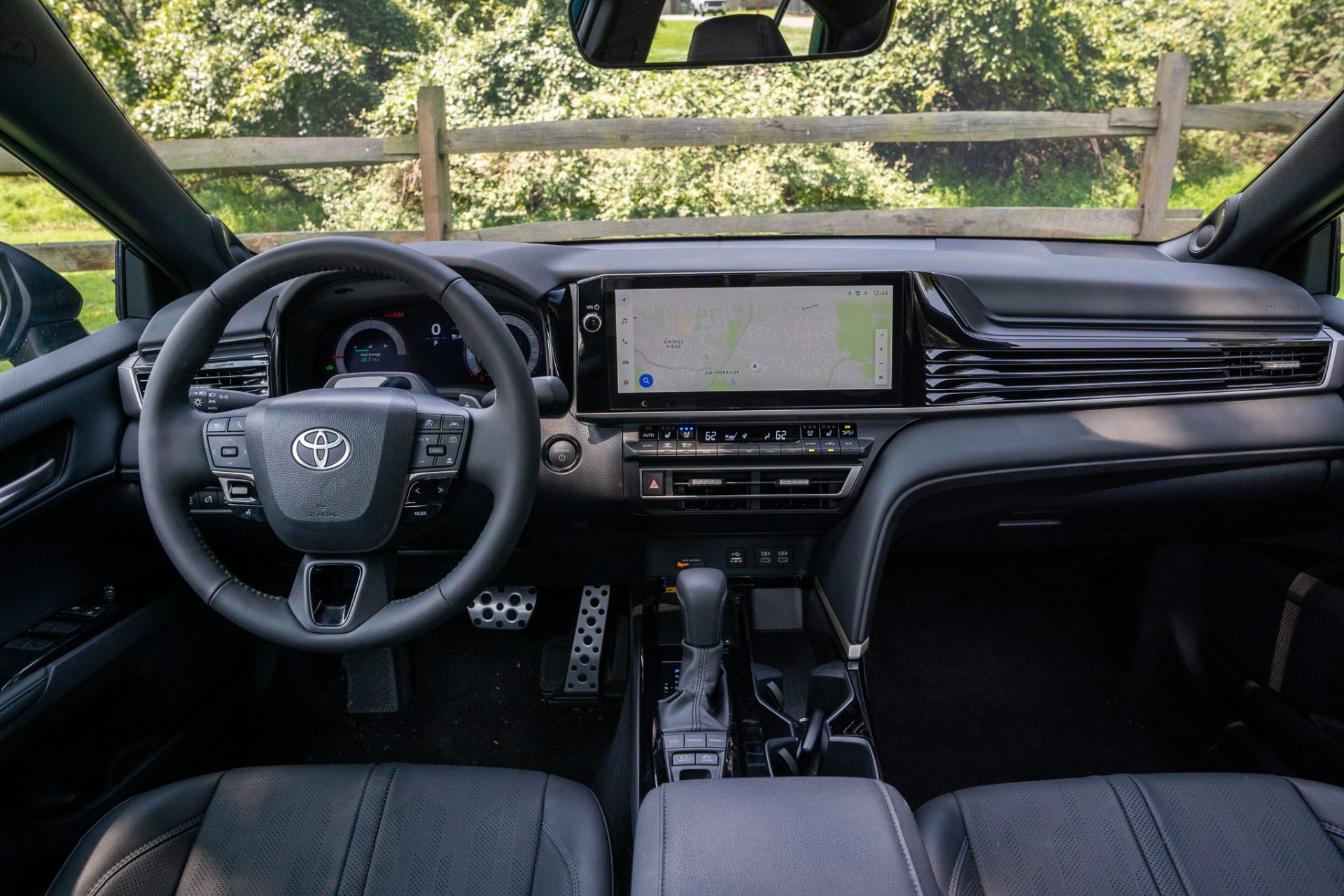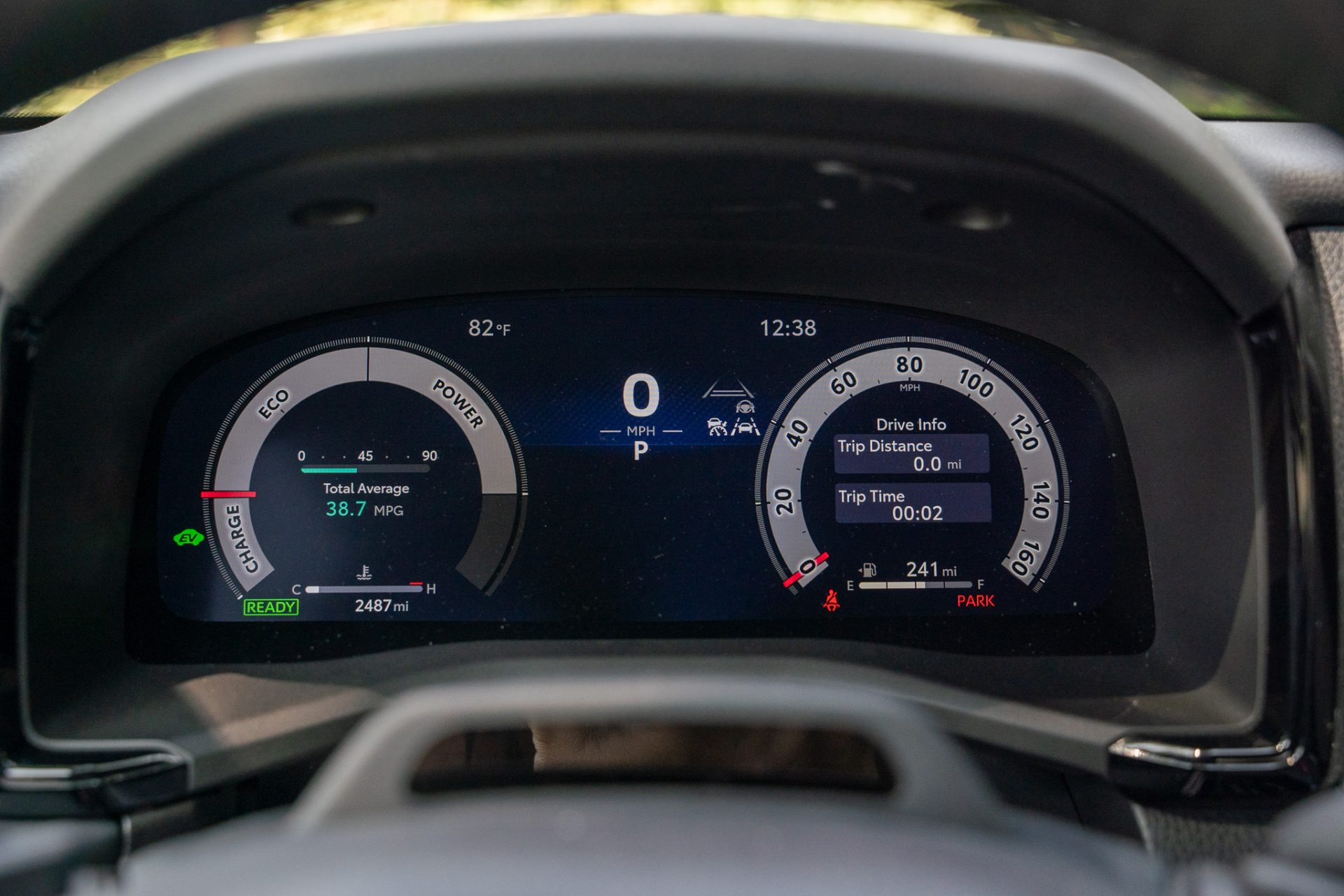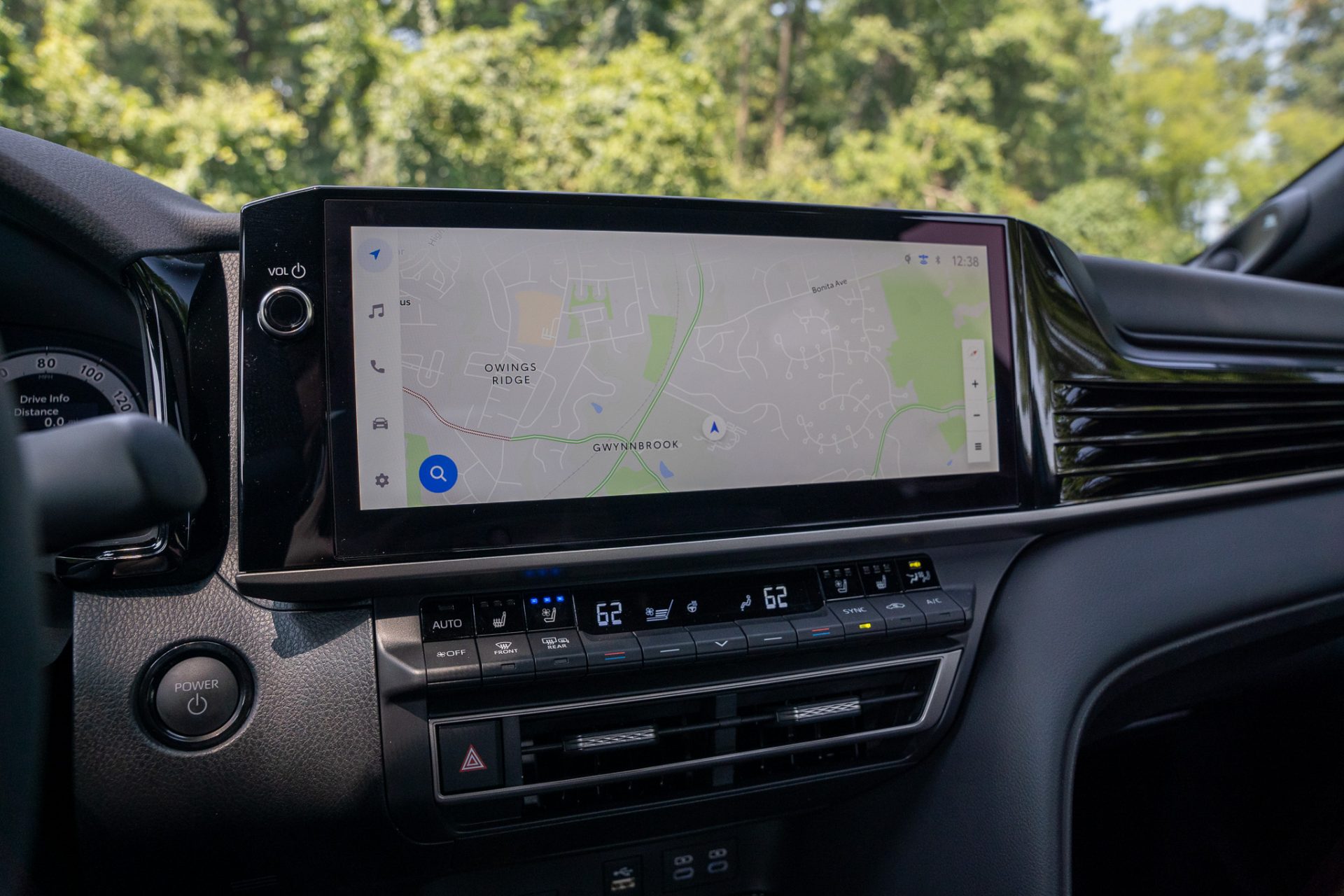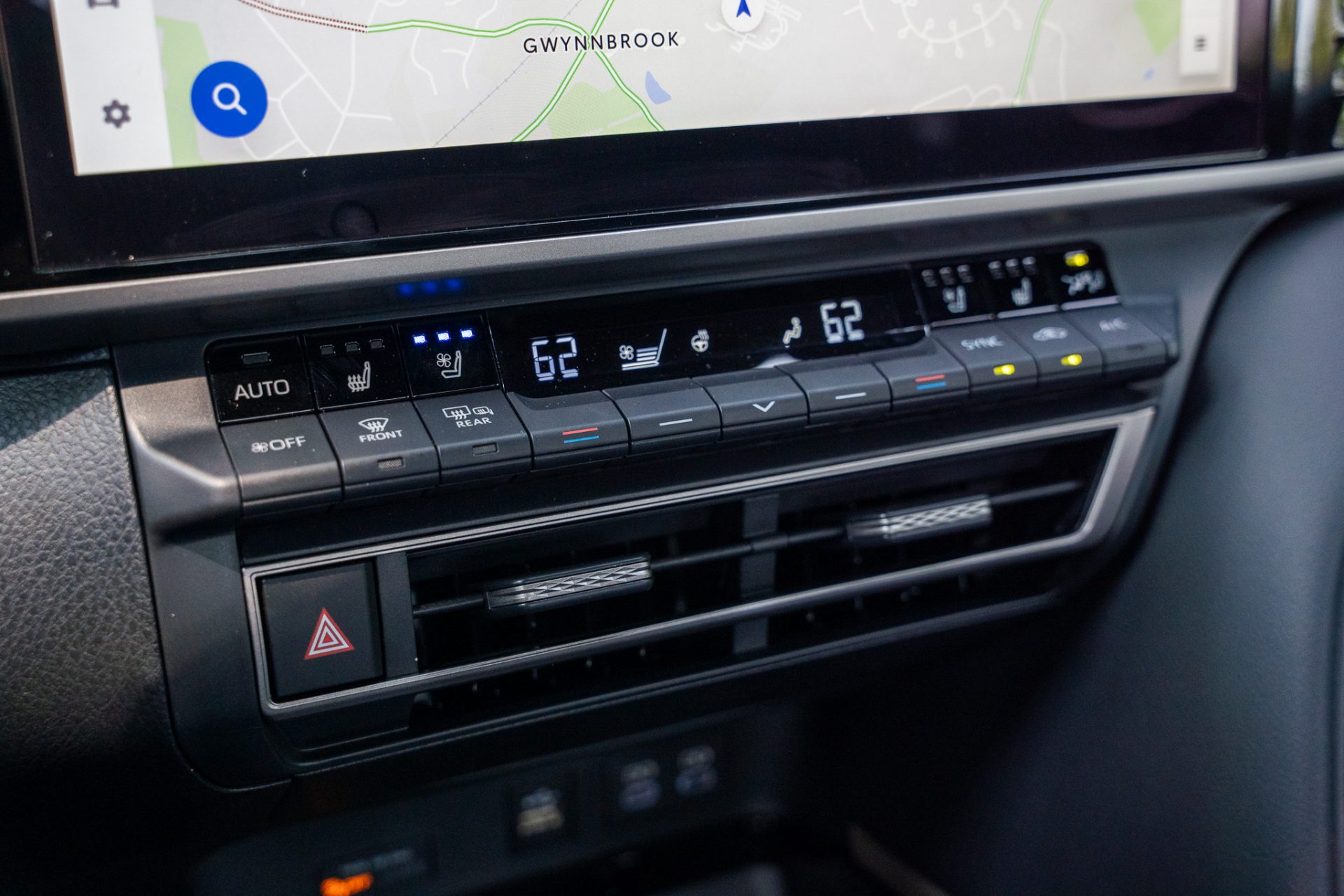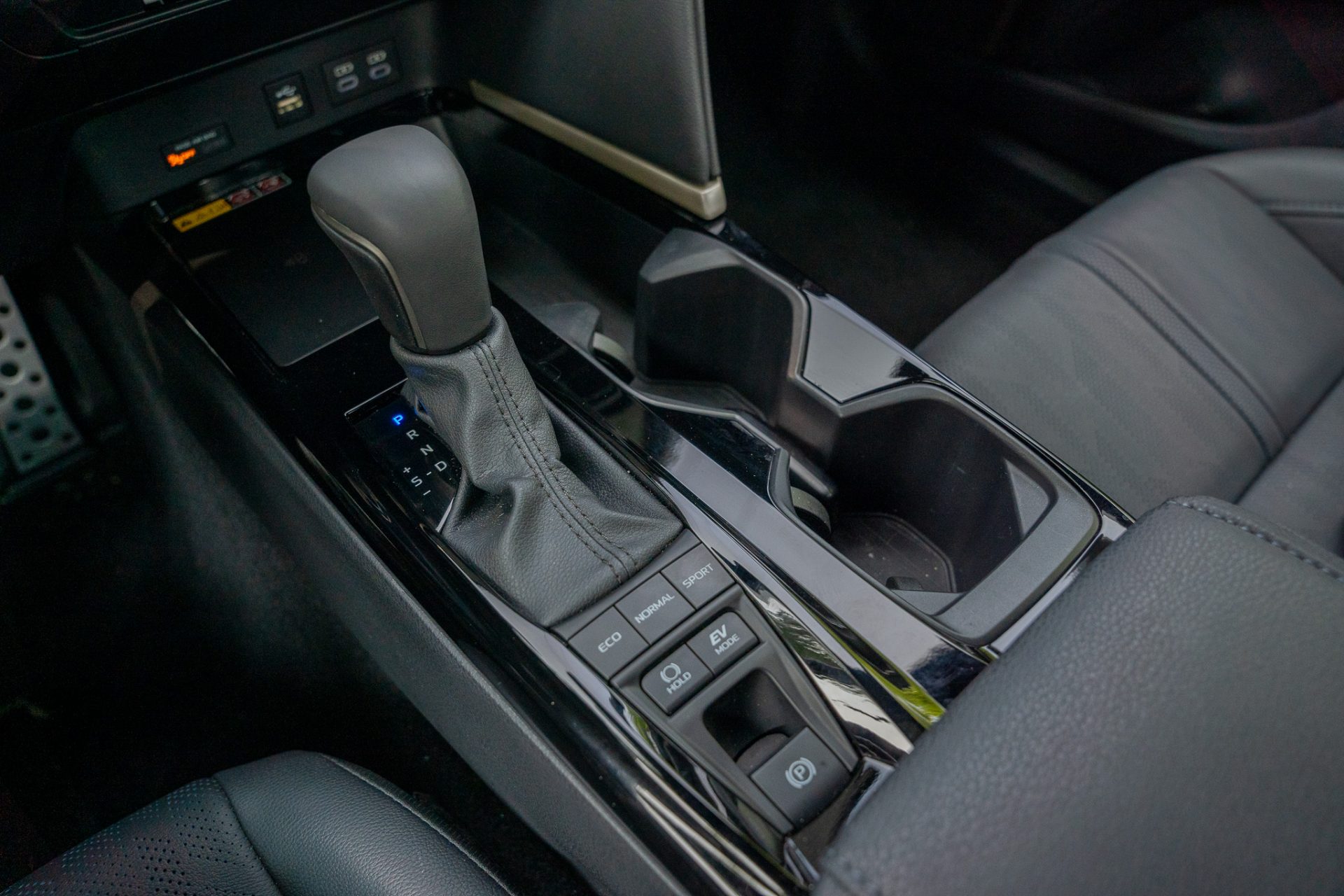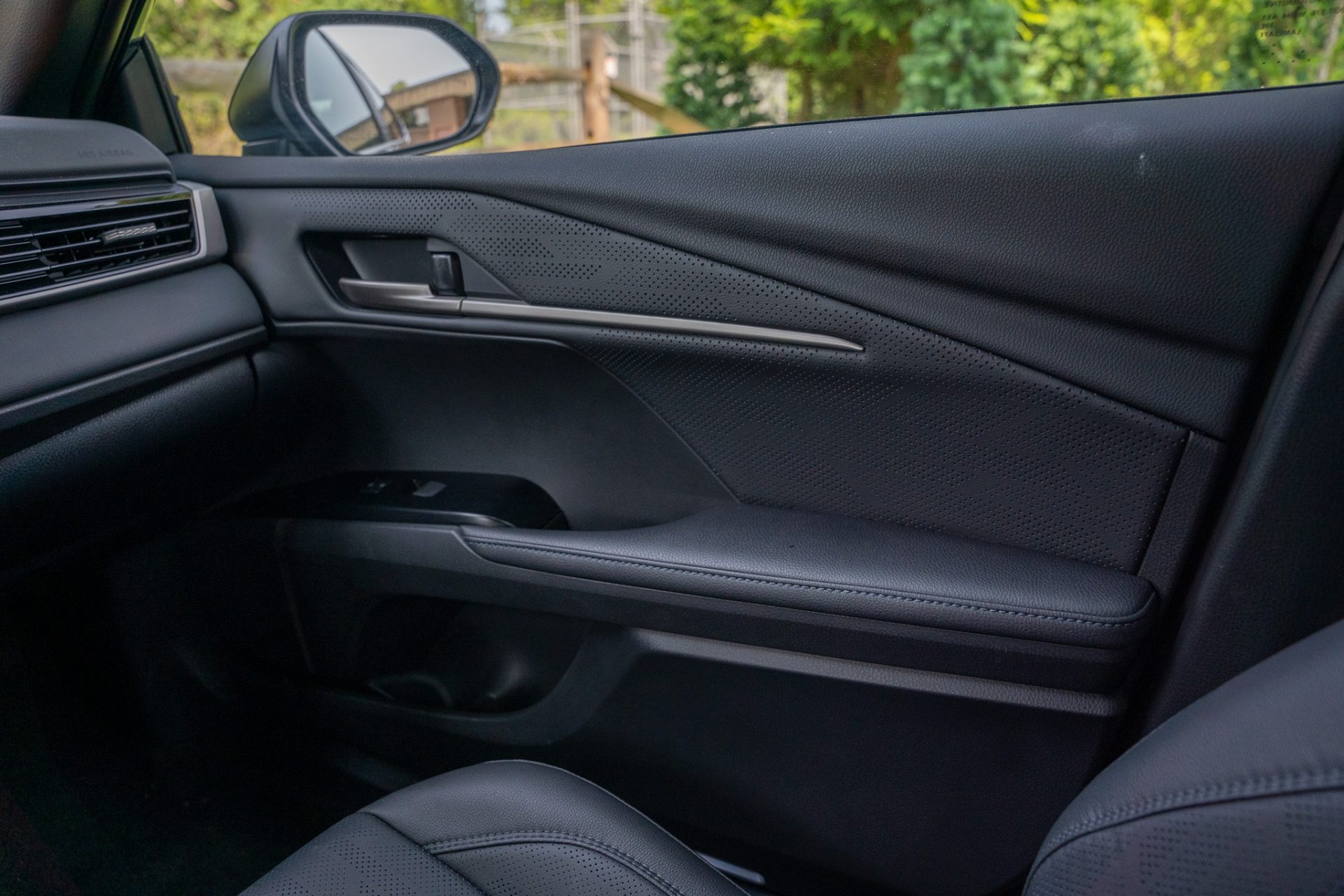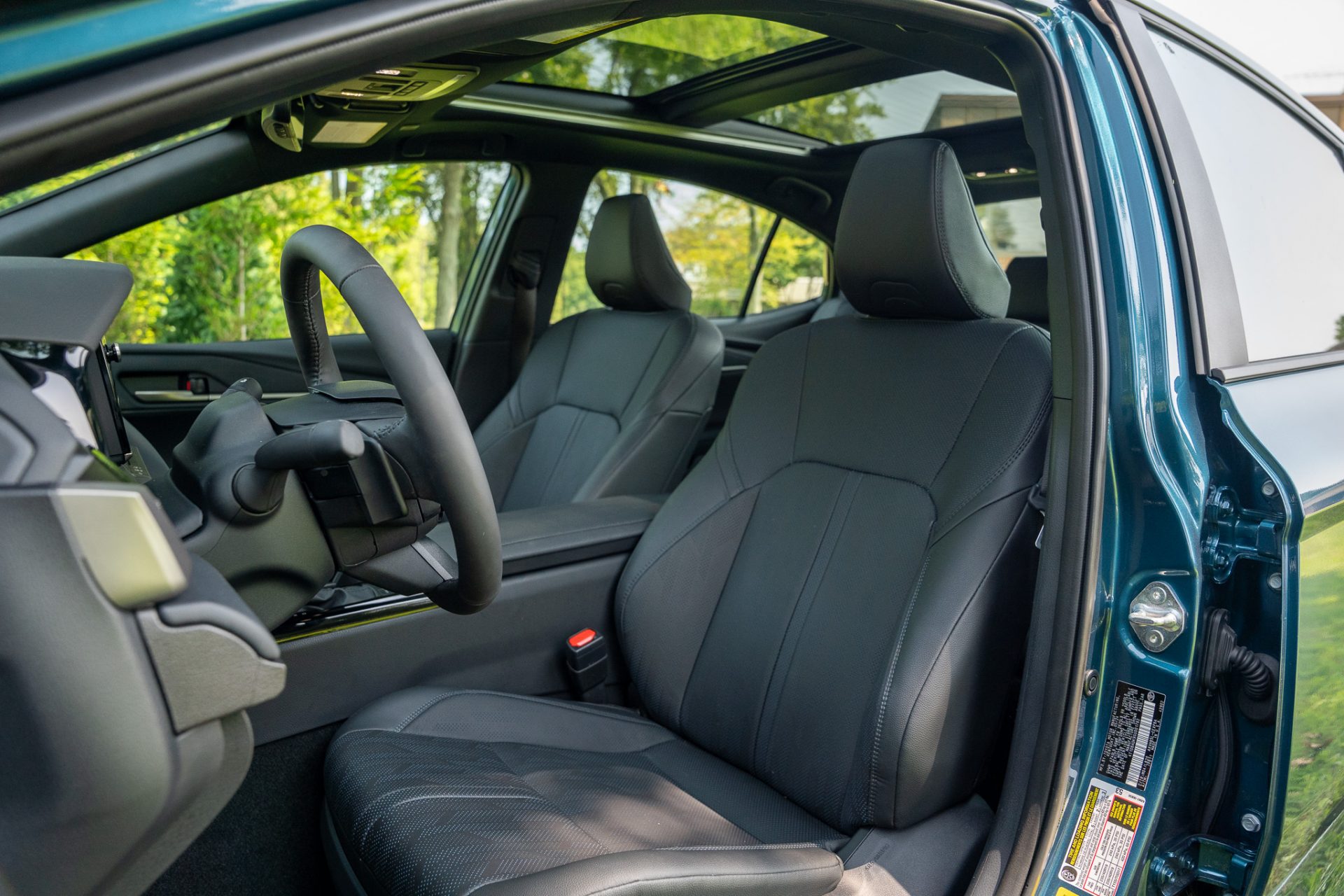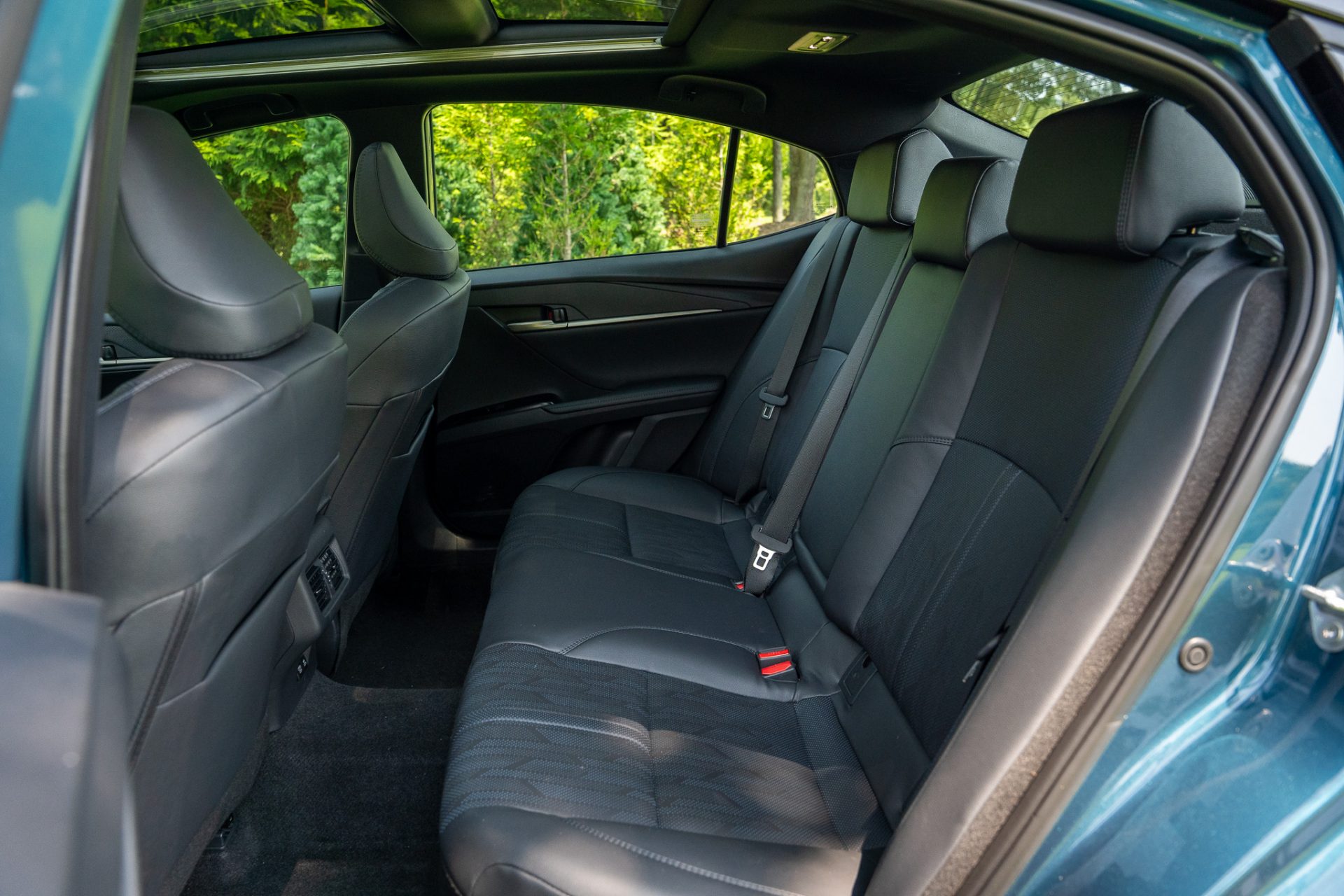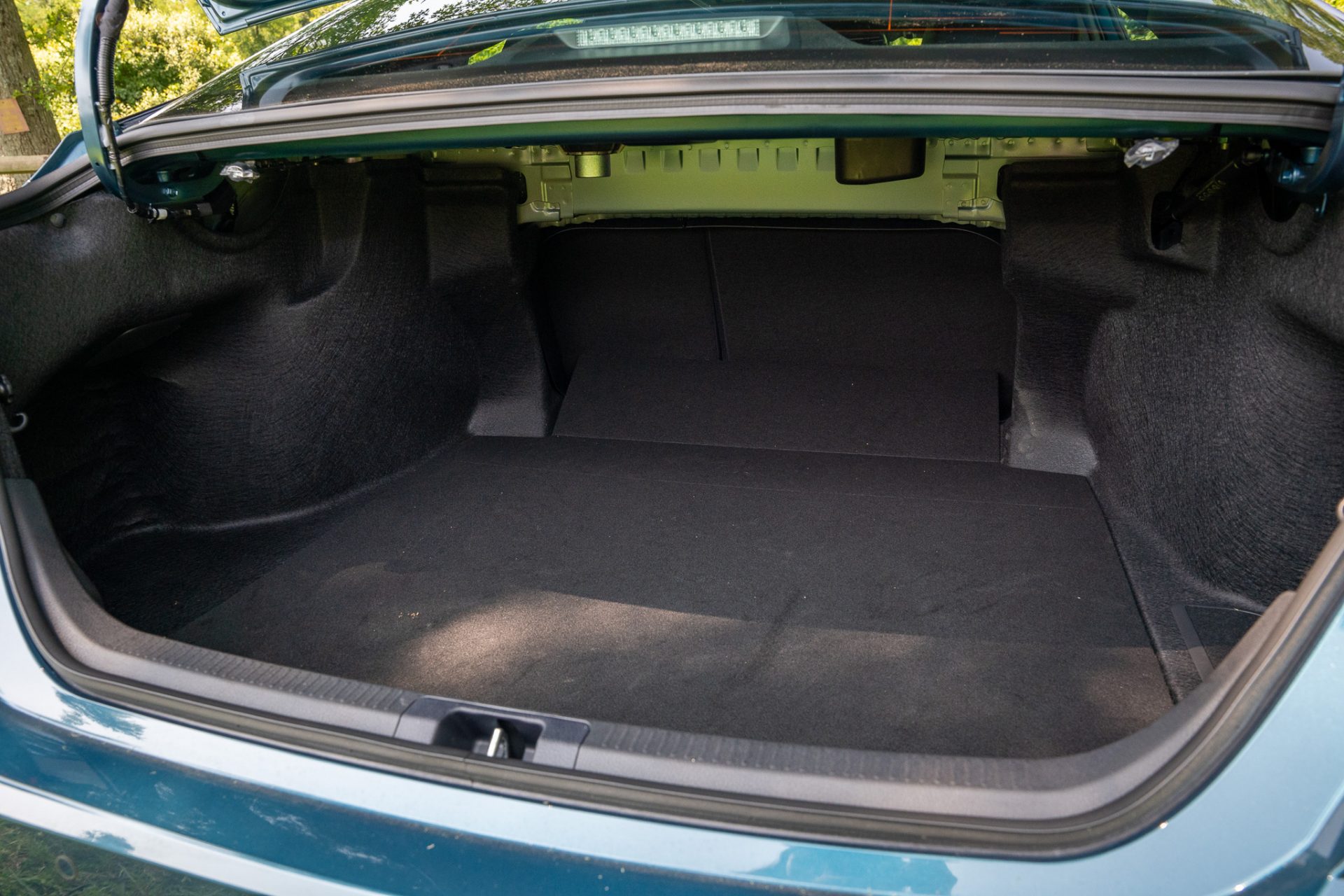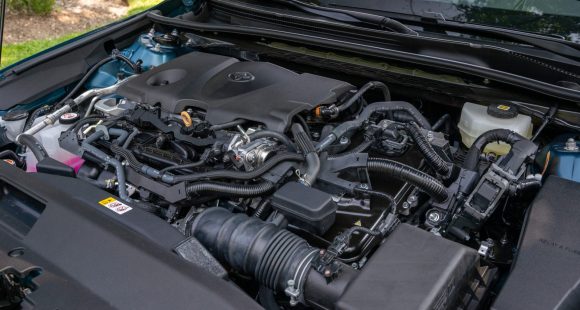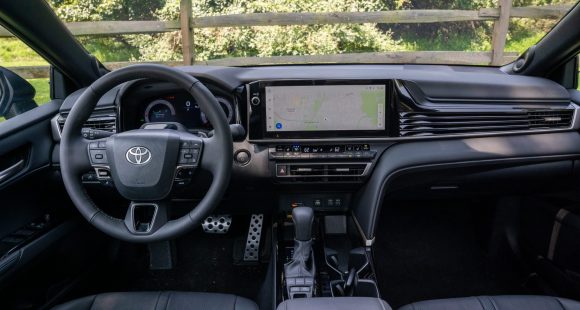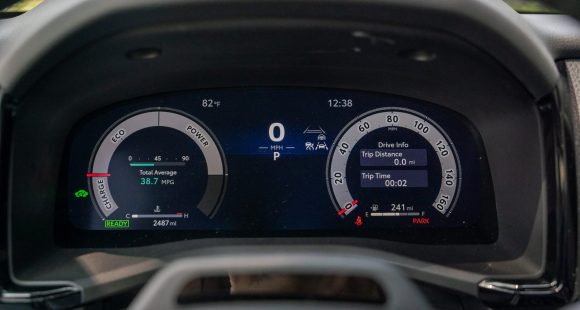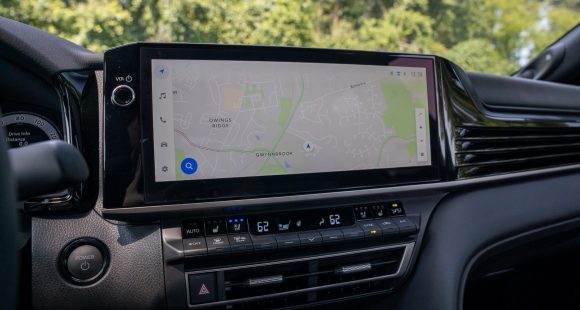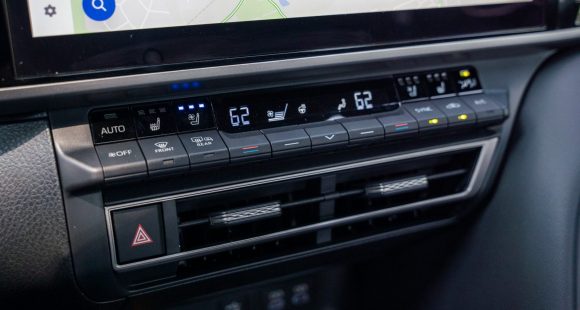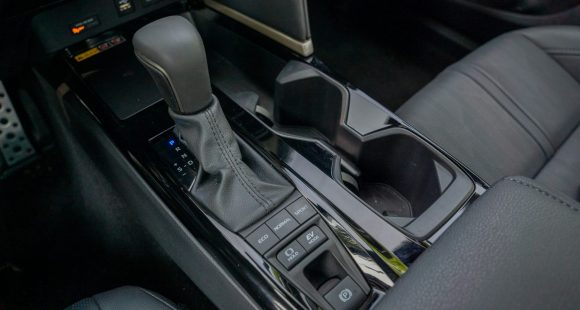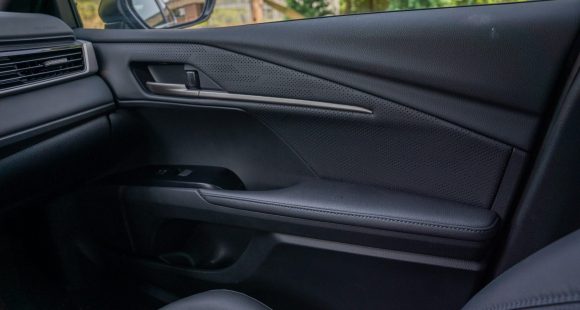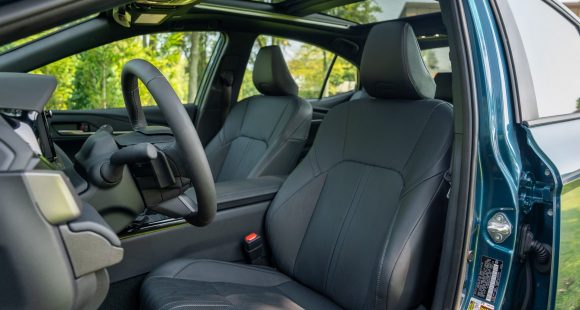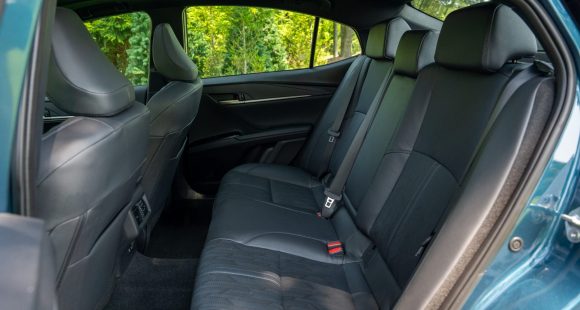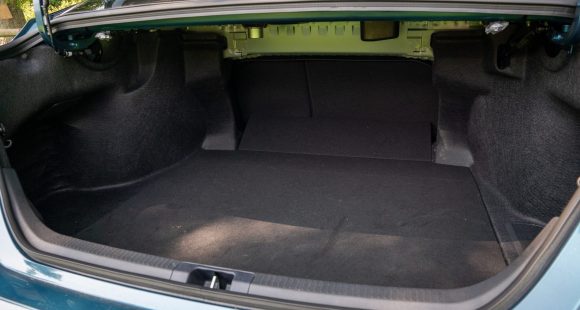2010 Ford Mustang
Like any winner, the trick to a car staying out-in-front of its rivals is a constant series of careful nips, tucks, and updates. Now, it’s been less than five years since Ford completely redesigned their original pony car, the Mustang. That rework produced a totally modern sport coupe that quickly became an industry benchmark. A benchmark that a lot of others are now taking an aim at. So, it’s time for a nip, tuck, and maybe a whole lot more.
With the 2010 Mustang, Ford has actually gone far beyond the typical mid-cycle freshening. The result is a totally up-to-date interpretation of the original pony car, with a trimmer, sharper, more muscular form.
The effort readies the Mustang - coupe, convertible, and glass hardtop - to face-off against a herd of rivals like the new Chevrolet Camaro, Dodge Challenger, and even the Nissan 370Z.
While the platform is largely unchanged, the new Mustang is wrapped in new and much sharper sheet metal. The result is more revisited ‘69 than ever.
A more swept back front end and narrower grille are adorned by an energized pony logo - charcoal on our GT, chrome on the V6. On the GT, the grille is also home to retro fog lamps, flanked by turn signals, and classic round headlamps at the edges, and the long hood is now landscaped with chiseled lines and a Ford signature power dome.
 The new Mustang’s more svelte profile is punctuated by finely drawn wheel flares and a more defined character line that slices rearward.
The new Mustang’s more svelte profile is punctuated by finely drawn wheel flares and a more defined character line that slices rearward.
The fastback greenhouse still leads back to rear quarter windows and chopped corners. But around those corners sit new taillights with sequential turn signals, a novelty not seen on a Ford product since the 1970’s, all finishing with bolder rear badging, and on the Mustang GT, a deck lid spoiler, and rolled chrome exhaust tips.
All wheels are new and up an inch, ranging from 17s to 19s.
This revisionist dream really picks up speed inside where the classic twin-cockpit cabin is far more refined, dare we say less “domestic” than before.
While the new one-piece instrument panel downplays the classic twin-cockpit theme, it plays up softer touch points, and vastly improved fit and finish. Chrome-ringed round gauges and added aluminum trim highlight the upscale appearance, as does the pony-stamped steering wheel with aluminum spokes and cruise plus available audio controls.
The circular center air vents have been replaced by rectangular ones, which are positioned atop an all-new center stack.
Here you’ll find user friendly-technologies such as the latest version of Ford Sync with 9-1-1 Assist and Vehicle Health Report, as well as an available eight-inch navigation screen with back-up camera.
This year MyColor expands beyond the gauge cluster, allowing adjustable ambient lighting from cup holders to sill plates, using a palette of 125 hues.
As before, the rear seat remains 2+2 tight, but retains its split fold to add versatility to the 13.4 cubic foot trunk.
The new Mustang sees far less change in the engine bay, but that’s okay. The base 4.0-liter V6 remains at 210 horsepower and 240 pound-feet of torque. The GT’s standard 4.6-liter V8 gets a slight boost thanks to a cold air induction system similar to the Bullitt, and now rates at 315 horsepower and 325 pound-feet.
But if monster performance is what you seek, Ford has also announced a 2010 Shelby GT500. Its supercharged 5.4-liter V8 is expected to make a whopping 540 horses and 510 pound-feet of torque.
The standard Mustang pushes power rearward through a 5-speed manual or 5-speed automatic. The manual’s upgraded shifter has a more solid feel - less clunky, if you will.
 The same goes for the suspension, which has been retuned for better ride and handling. Springs and shocks have been adjusted, but it’s still defined by the same MacPherson strut design up front, and a three-link geometry live axle with panhard rod in the rear. A stiffer suspension package using GT500 hardware and summer performance tires will be available shortly.
The same goes for the suspension, which has been retuned for better ride and handling. Springs and shocks have been adjusted, but it’s still defined by the same MacPherson strut design up front, and a three-link geometry live axle with panhard rod in the rear. A stiffer suspension package using GT500 hardware and summer performance tires will be available shortly.
We sorted out a Mustang GT by carving up the canyon roads around Malibu, California. It certainly is tighter and more balanced than ever before. Both body roll and understeer have been minimized, all while enhancing ride quality, which is not just smoother, but also quieter, that is until you test the V8’s wonderful throttle volume.
Electronic stability control joins traction control and ABS as standard. The stability control can be turned on and off, and has a Sport Mode on the GT.
Pricing for the 2010 Mustang is up slightly but still covers a moderate spread, from $21,845 for the base V6, to $28,845 for the V8 GT. Convertible base prices are 2 grand higher.
But this new horse does have to be fed. Government Fuel Economy ratings are 16 city/24 highway for the V6 automatic, and 15 city/22 highway for the GT V8 automatic.
The 2010 Ford Mustang is more of a looker and doer than ever. The original pony car has answered its critics with a leaner and meaner makeover, adding both a vastly improved interior and driving experience. This steed is nicely done, and clearly ready for the pony car wars that are sure to follow.
Specifications
- Engine: Gt 4.6-Liter V8
- Horsepower: 315
- Torque: 325 Lb Feet
- EPA: 16 MPG City/ 24 MPG Highway
2025 Toyota Camry
Camry Goes All Hybrid, But It’s No Prius Sedan
Whether you call it Camry or Cam-ray, you have to call this Toyota the best-selling sedan in the U.S. for 2023. Not bad for a car in the last year of its lifecycle. That’s right, the Camry is all-new for model year 2025. So, let’s find out if this ninth-generation Camry can stay truly competitive in this world of SUVs and crossovers.
There have been many variations of the Toyota Camry over the last 40 years; some more exciting than others, but all have been incredibly comfortable, efficient, and practical. That theme carries over for the all-new 2025 Toyota Camry.
Though it feels like they purposely avoided any type of “wow” factor inside. Sure, there are the expected big screens for multimedia and gauge display, but they kept them separated, keeping the overall vibe traditional and classy rather than flashy. They’ve also retained lots of physical controls, added some unique materials, and attempted to open up the space a bit, knowing that they’re going up against EVs these days too, not just usual family sedan nameplates.
The new Camry follows Toyota protocol of basic LE series and more sport-oriented SE series; adding an X in front of either adds a bit more content. For our XSE tester that mostly means a flashier exterior that includes black trim and rear spoiler, dual exhaust tips, and 19-inch wheels, but it also gets a sport-tuned suspension.
Following the pattern of many recent Toyotas, Camry now has an all-hybrid lineup. Toyota’s newest, fifth-generation hybrid system mates to a 2.5-liter I4 engine for the first time. It works with two electric motors for a 225-horsepower output, 17 more than the outgoing Camry hybrid. And it delivers up to 51 mpg Combined. All-wheel-drive versions add an additional electric motor in back for powering the rear wheels for an increased total output of 232 horsepower; and AWD is available for all trims.
This is easily the best handling Camry we’ve driven.
Our all-wheel-drive tester did feel quite peppy on the street, with a competent suspension that soaked up bumps easily without feeling soft or floaty. At the test track, there was great grip off the line, and a substantial punch of power to get us to 60 in 6.9 seconds. There was a nice little engine growl at takeoff too, but it quickly turned into a consistent droning noise due to the electronically controlled CVT trans. There are some simulated gears you can play with, but they don’t really add much to the performance; our best quarter-mile time was 15.2 seconds at 94 mph.
This is one case where “sport-tuned suspension” seems to really mean something, as this is easily the best handling Camry we’ve driven. Minimal body roll, great road feel, and steering that was both tight and responsive. All-wheel-drive grip was great through the cones, but most people will find it much more beneficial when driving on slippery roads.
The hybrid’s regen braking is not the most natural feeling, but in panic stops the brakes clamp down quickly, causing some aggressive nosedive, but ultimately resulting in very short, 110-foot stops from 60.
As mentioned earlier, Government Fuel Economy Ratings are as high as 51 Combined, but all-wheel-drive XSEs come in at 44 City, 43 Highway, and 44 Combined, though our lead foot test loop saw just, but still noteworthy, 42.6 mpg of Regular.
Pricing starts with the base LE at $29,535; all-wheel drive is another $1,525 if you want it. XSE tops out the range at $35,735.
While the midsize four-door sedan is not the suburban staple that it once was, the Camry absolutely remains a staple of the Toyota lineup, and even kept its status as America’s best-selling car last year. So, it looks like there’s no stopping the Camry, as the more efficient 2025 Toyota Camry is better-looking, has better performance, and is a better all-around family car than ever.
Specifications
As Tested
- Engine: 2.5-liter I4
- Transmission: e-CVT
- Horsepower: 232
- EPA: 44 City | 43 Highway | 44 Combined
- 0-60 mph: 6.9 seconds
- 1/4 Mile: 15.2 seconds at 94 mph
- Braking, 60-0 (avg): 110 feet
- MW Fuel Economy: 42.6 mpg (Regular)







